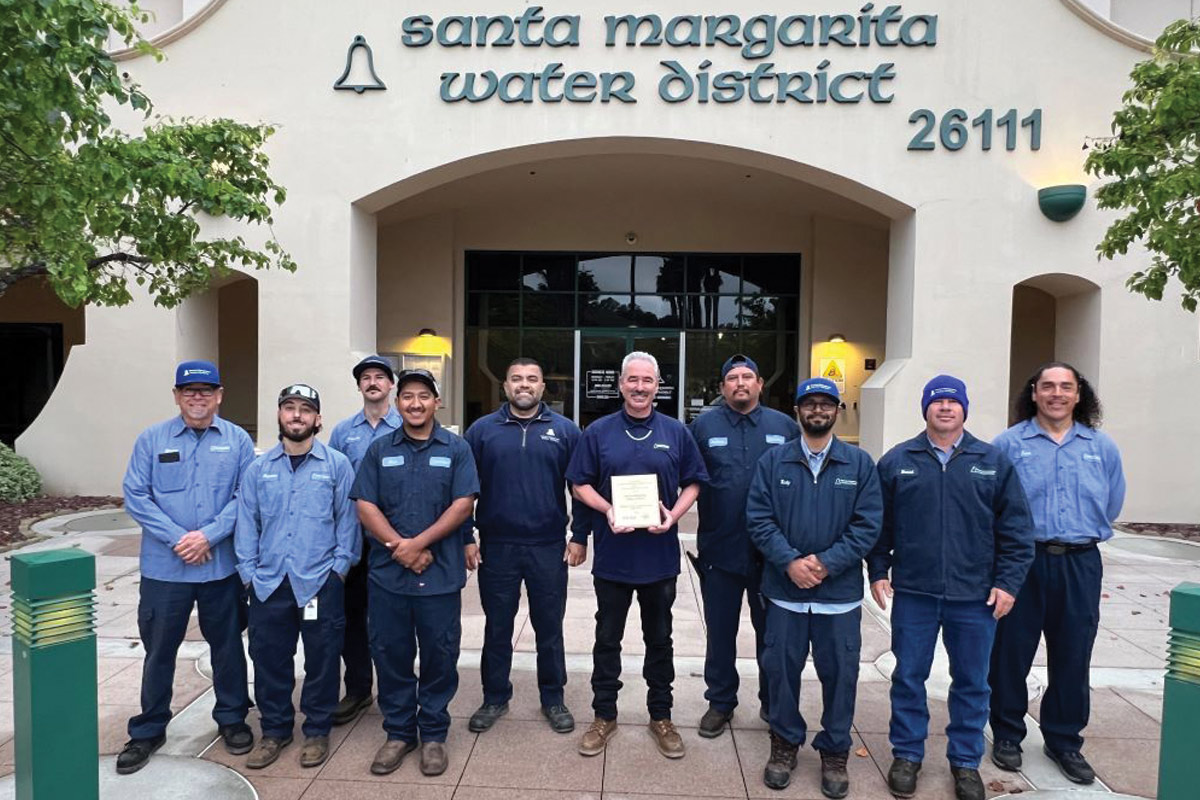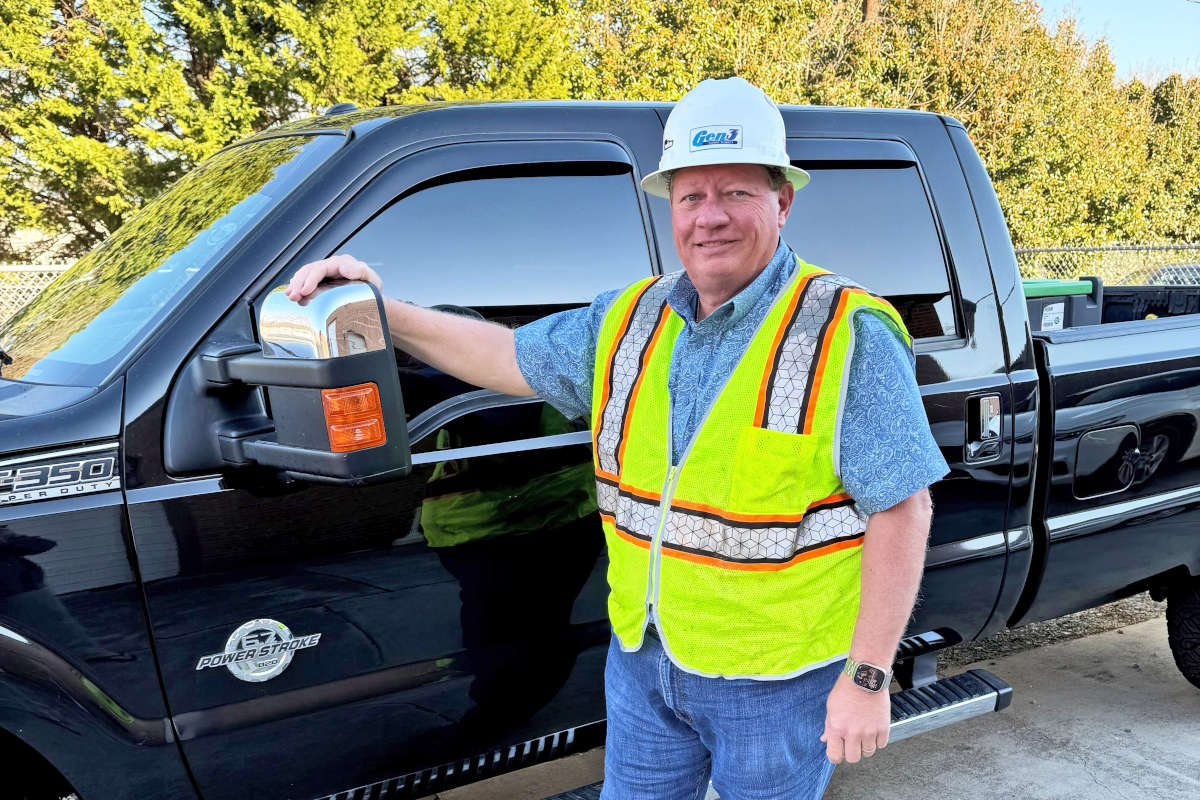
What 19th Century Boston Can Teach Us About the Underground Challenges of Trenchless Technologies
Many of us involved with the utility and transportation industries have heard and seen the manifested cliché, “The utility corridors are getting very crowded.”
Locating and mapping underground utilities can be especially challenging in urban environments. It can be even more challenging when the work takes place in old cities like Boston that have an underground history dating back to the years of our founding fathers.
In cities such as Boston, New York, Chicago and San Francisco, and many others, there are dense and complicated underground utility networks still in use today that date back to the early 1800s.
Particularly in Boston, nearly 200 years of history buried beneath our feet reveals lasting principles for locating and mapping buried systems and how to overcome trenchless technology challenges.

Building and Repairing Aging Infrastructure to Make Way for a Subway
In the late 1800s, the booming city of Boston was becoming congested with pedestrians, horses, horse-drawn carts and trolleys. The city officials and planners looked to find ways to improve the quality of life in the city and improve transportation. The solution was to build a new underground subway system — the first of its kind in the United States.
RELATED: Tech Forum – How the Future of Underground Mapping Can be Found in the Cloud
But, as is still true today, building underground in a busy city or town is not an easy task. Upon setting out to build the subway, the Boston designers discovered aging infrastructure in need of repair and replacement with growing population demands.
There were numerous underground utility systems originally built in the early part of the nineteenth century. But by the close of the century, this aging infrastructure, coupled with the growing population, created problems for Boston’s city officials and asset owners determined to develop underground transportation.
The initial reports of the subway designers were disclosed in the Boston Transit Commission reports. The engineers noted that despite their best efforts to locate and identify the position of the underground services, it was necessary to do extensive subsurface investigations. From 1894 to 1897, the design team performed numerous surveys to locate and identify underground site conditions.
The use of non-destructive steam-powered “incline machines” were used to safely dig down to the lowest levels of basements and utilities, and the results of the survey were located and plotted in a plan and profile to finalize the subway design and construction plans.
Unbeknownst to many construction industry professionals, the Boston teams also used trenchless methods used to accomplish building and repairing the vital underground systems. For example, Boston’s records show numerous tunneling, boring and jacking methods being used to help build out the much-needed infrastructure.
In 1899, the Boston Transit Commission presented its findings to the city. The subway project was nearly complete, on-schedule and on-budget — an anomaly on major infrastructure projects in construction today. Despite their painstaking efforts to safely work underground, the building of the first subway systems in America did come at a price.

RELATED: HDD-Exploring and Navigating Through the Terrastellar Cosmos
On the morning of March 4, 1897, a streetcar ignited a damaged gas line on the subway project. The explosion killed 11 people, injured countless and caused extensive property damage. This is one of the earliest documented third-party gas line damage in U.S. construction history.
The Lessons Learned for Subsurface Utility Mapping from Boston’s History
In urban environments, it is highly desirable to consider using trenchless technologies to replace antiquated facilities and mitigate disruption to the daily lives of residents and businesses. But the challenges to consider when using trenchless technology applications in urban environments are numerous, as our Boston predecessors demonstrated, including precise locating, mapping, and documenting, congested streets and even public fatalities.

While cleaning, relining gravity systems, and rehabilitating old subsurface structures has tremendous success in urban corridors, other trenchless construction techniques pose risks. Directional drilling, boring, tunneling and pipe bursting project techniques will all come in close proximity to other systems, new and old. Care and meticulous planning are required to avoid utility conflicts, utility damage and it is paramount to any successful project.
RELATED: SUE – It’s Not Just Utility Mapping

So how do we design and plan safe and successful trenchless projects in dense urban environments?
While the advancements of One Call programs and growing awareness of industry safe digging guidelines, such as the Common Ground Alliance, have had a tremendous impact on protecting underground infrastructure, we are a long way from the goal of zero accidents, as utility strikes are a daily occurrence. Recently, two prominent recent cases included a gas explosion north of Boston in 2018 and a water main break in Houston just this year.

To better our outcomes, we should take a page out of the Boston city planners’ books. In the early 1890s, Boston planners appreciated the need to locate and document the subsurface site conditions to protect the public, the project risk and the project schedule. As we continue to build for the future, we can implement lessons learned from Boston’s subway into our underground projects today.
Michael A.Twohig is director of subsurface utility mapping at DGT Associates, located in Boston.




